Introduction and design
What’s the sound of one hand clapping? It’s a Nexus 5X owner giving praise to Google and LG for remaking their palm-friendly Android phone while effortlessly holding it in the other hand.
Yes, the new Nexus comes in two sizes, and this 5.2-inch phone is for those non-giants out there who literally can’t handle a 5.7-inch Nexus 6P or last year’s 6-inch Nexus 6 phablet.
Meaty paws need not apply, and neither does a big budget. The Nexus 5X starting price is US$379 (£299) for the 16GB model. The larger Nexus 6P costs US$499 (£449, AU$899) and Nexus 6 started at US$650 (£499, AU$870).
The Nexus 5X is more than just a normal-sized phone at a smaller price. Its 12.3MP camera is able to capture quality low-light photos, and the specs are fast enough for most people.
Its reversible USB Type-C port provides quicker charging, its fingerprint sensor is yet another way to effortless unlock your phone, and it’s pre-loaded with Android Marshmallow.

Compromises and competition mean Nexus 5X isn’t for everyone. The Nexus 6P requires two hands, but it isn’t a stretch to hold in one, making its size difference tighter and all-metal design and more powerful specs tempting.
The Nexus 5X, made of plastic, also faces stiffer competition than the Nexus 5 did back in 2013, namely from the Samsung Galaxy S6, LG G4 and iPhone 6S, all on our best phones list.
Easy-to-hold, priced right and feature-packed, this is the Nexus 5 reborn as the Nexus 5X, but over two years have gone by. Is it still a worthy stock Android phone? Let’s dive into the review.
Design
The Nexus 5X looks and feels like the Nexus 5 adapted for modern times. It’s lightweight and, with a 5.2-inch display, my fingers can barely reach all the way across the screen.
It appropriately pushes the limit of a one-handed phone with dimensions of 147 x 72.6 x 7.9mm, making it taller and broader, but ultimately skinnier than the phone from 2013.
That’s exactly what I want. A screen size that’s maximized, but still operable in one hand. The 5X strikes the right balance, and it’s light, too, at 136g. That’s a modest gain from 130g.
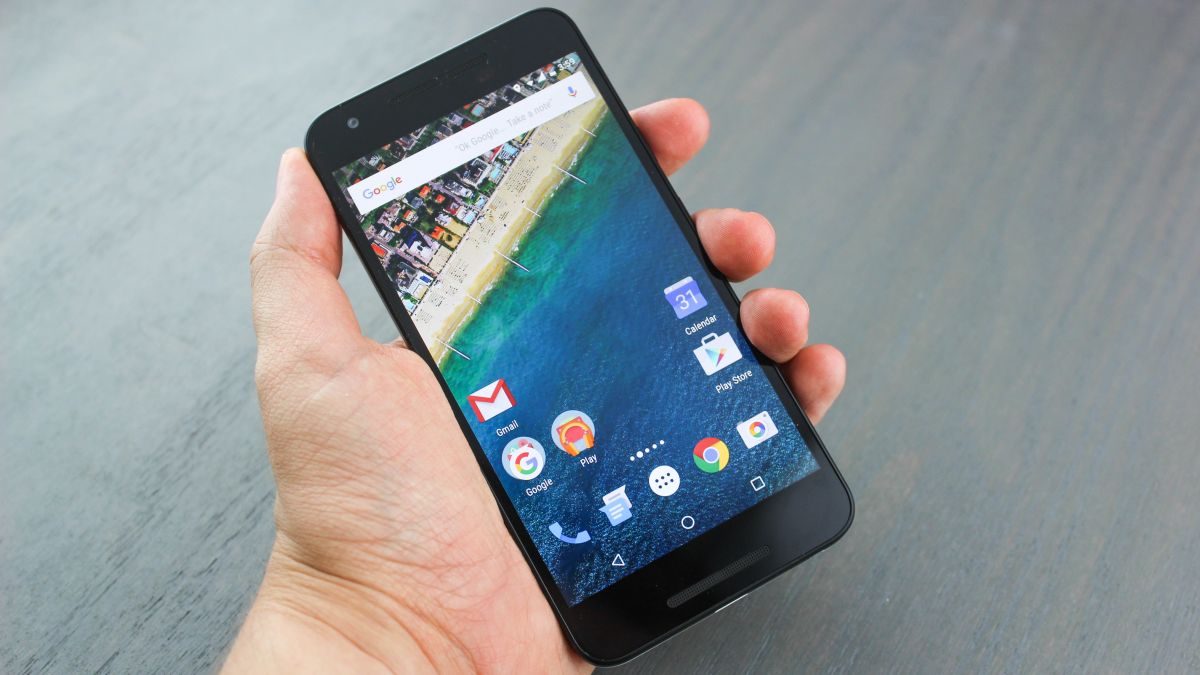
I don’t exactly want a camera bulge around back, which is what happened to the center-located rear snapper, but I’d rather have that than a weaker camera. It’s a fair trade-off.
Thankfully, the camera protrusion isn’t as significant as we saw in leaked prototypes, and it at least gives me a landmark when trying to find the new, oddly-placed fingerprint sensor on back.
The 5X owes its lightweight design to LG sticking to a polycarbonate back and thin metal frame. This bucks the trend of moving away from plastic and going with all glass or strictly aluminum.
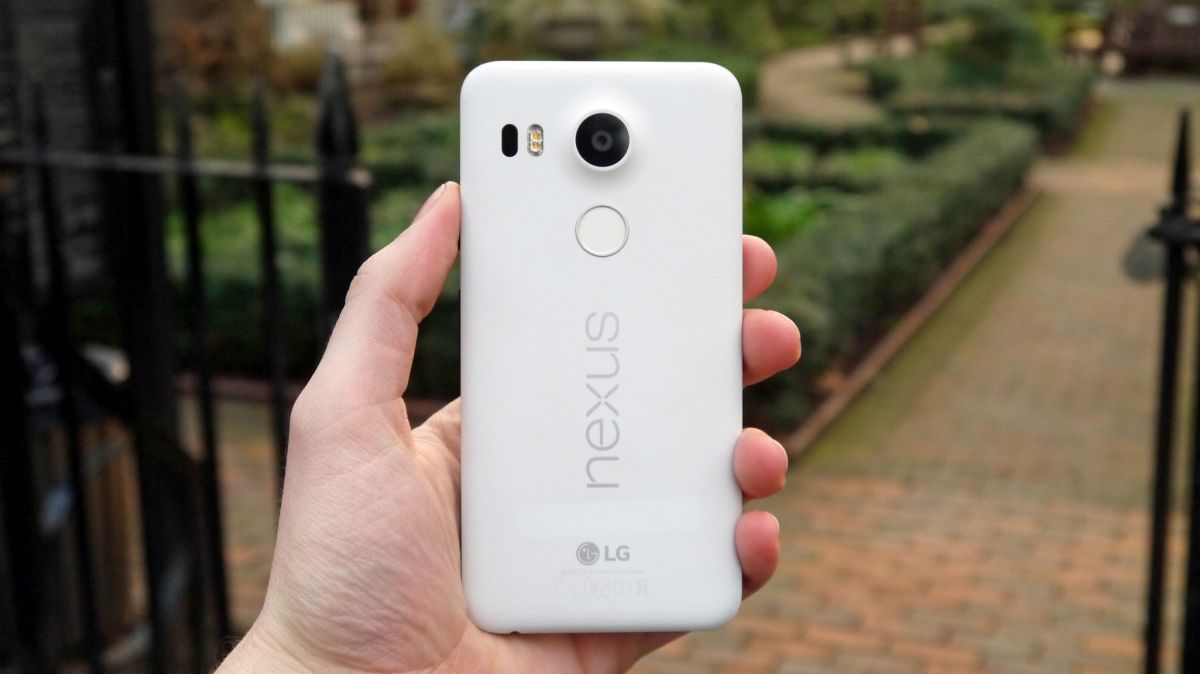
For this reason, it doesn’t feel different from the hard plastic of the Nexus 5, although you won’t find the soft touch coating of the black Nexus 5 here. It’s more of an egg shell texture.
There are three Nexus 5X colors again, but this time it’s Carbon Black, Quartz White and Ice Blue, doing away with red. All three come with a black front, however.
This makes my white Nexus 5X review unit look like a delicious ice cream sandwich more than a phone. While not as stylish as Motorola’s curved Moto X design, it’s mostly flat and functional.
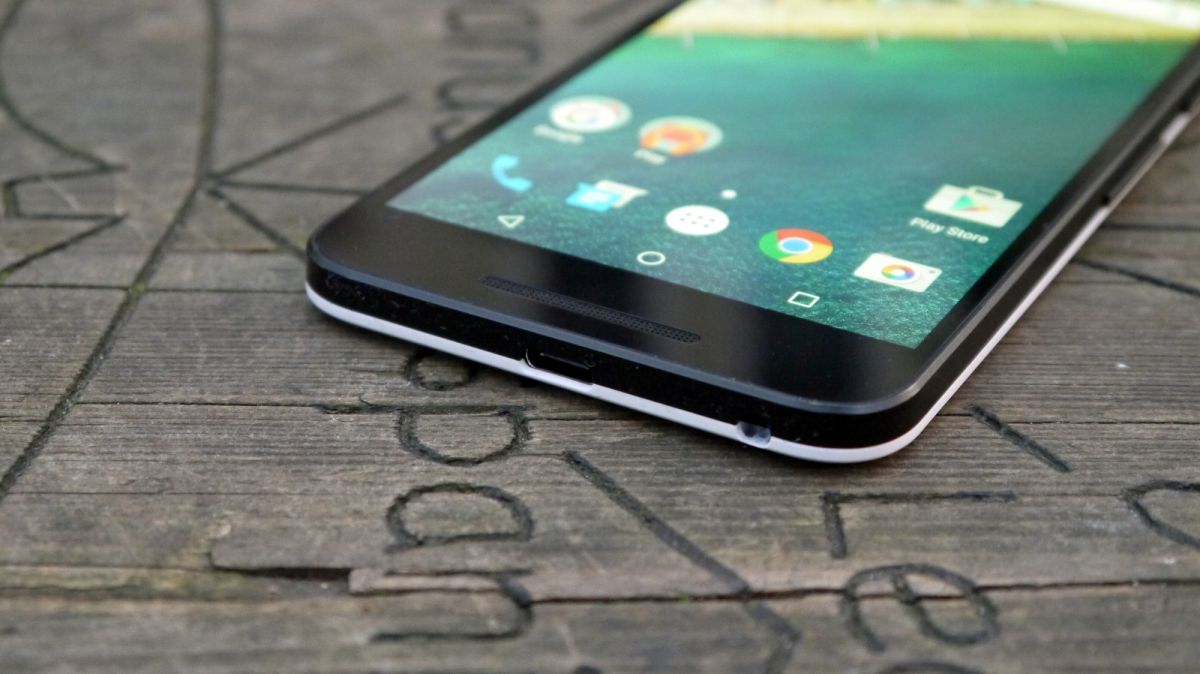
In fact, the only glaringly impractical design choices here are the power button and volume rocker located on the right side. They’re small, feel cheap and the power button isn’t riveted.
That’s a design choice I appreciate in recent phones like the Moto X Style and Nexus 6P. At night, it’s easier to tell a power button accent with rigids from a smooth volume rocker.
There is a pulse notification light here. It hasn’t been omitted, it’s just tucked inside the speaker grill located at the bottom front of the phone and, rudely, turned off by default.
Whether or not you’re ready, the Nexus 5X includes the USB-C port on the bottom of the frame instead of micro USB, and it’s joined by a never-changing 3.5mm headphone jack.
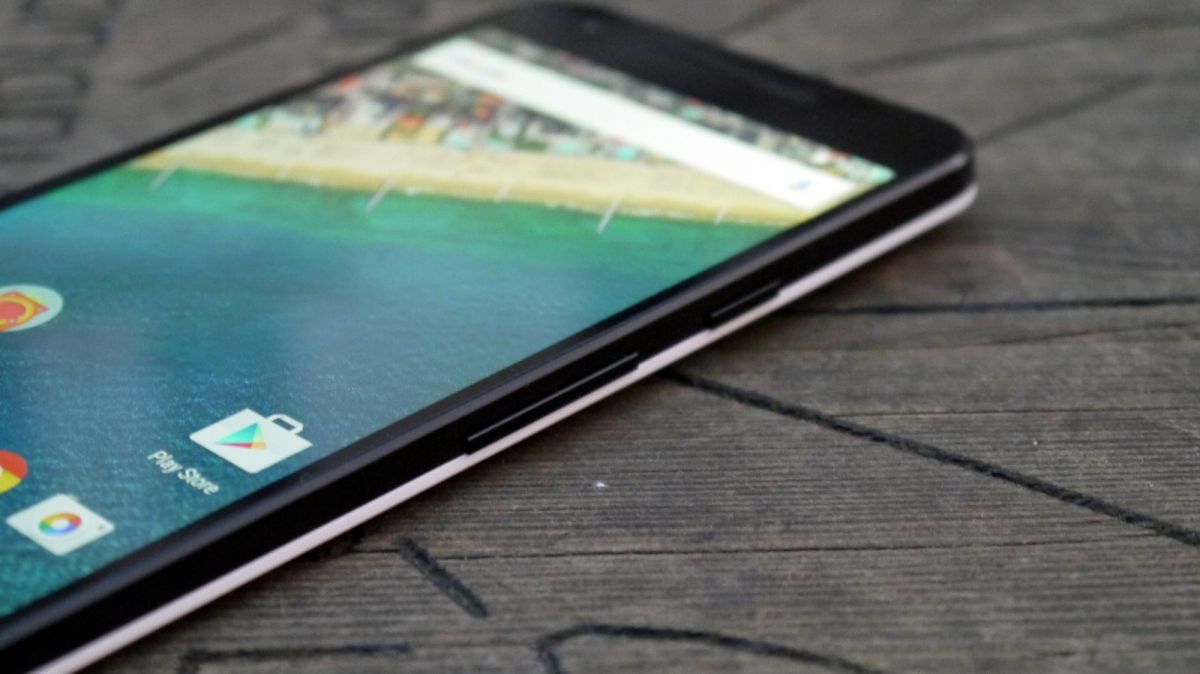
As future-proof as this Android phone tries to be, it doesn’t take advantage of Gorilla Glass 4 like the Nexus 6P does. Instead, it sticks to Gorilla Glass 3 like the curved LG G4.
The LG G4 gets away with this in my book because of its protective, curved design. The Nexus 5X has only a small lip around its display bezel, so you may want to opt for a case.
Luckily, the Google Play Store is ready in this department. I’m more of a fan of the official Nexus 5X cases with a microfiber back and what looks like the Amazon Web Service logo (awkward).
I have this official Nexus 6P case, but got stuck with the Speck CandyShell case for my 5X. It has military grade drop protection, but really drives the point home that it’s unflattering rubber.
Display, fingerprint sensor and USB-C
The average acceptable phone size has increased over the last two years, but I feel as though a 5.2-inch display is the limit for hands. It’s not going to change unless we all grow longer fingers.
It’s therefore no coincidence that the Nexus 5X keeps up with today’s ideal Android phone size, with a 5.2-inch LCD, up from the two-year-old Nexus 5 that was technically 4.95 inches.
Little else has changed here. It’s uses the same IPS LCD screen technology and 1,920 x 1,080, and the resolution is now 432 pixel per inch.
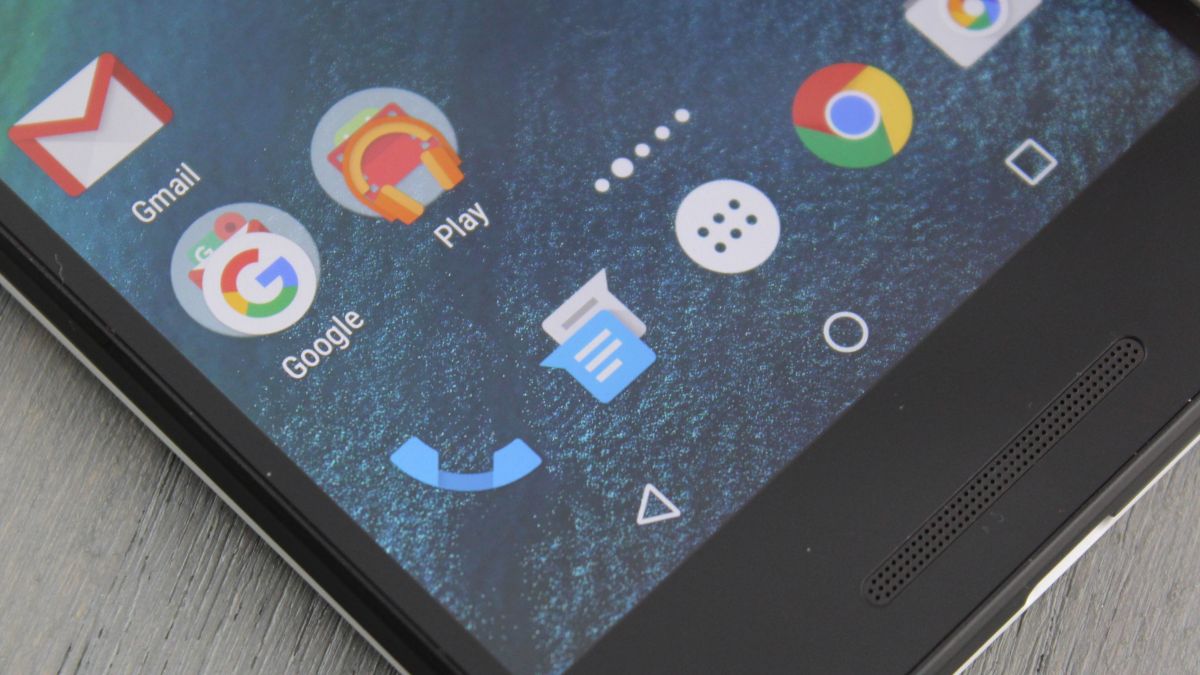
Pixels are less densely packed given the increased display size but same exact resolution, yet you won’t notice a difference. You will, however, notice five apps now fit across the screen instead of just four.
Google and LG vetoed making a quad HD display for the Nexus 5X, which would have been a bit more meaningless given the smaller size of this phone. It would just suck more battery life.
Instead, the duo gets the more important things right: brightness, uniformity and functionality. With the default “adaptive brightness” turned off, it was plenty bright for outdoor use.
Color accuracy is also more on point than the oversaturated Nexus 6 and Nexus 6P AMOLEDs. The Samsung Galaxy S6 and Note 5 remain the best overall displays in brightness and color.

The Nexus 5X inherits the Ambient Display setting of the Nexus 6. It wakes up the phone with a grayscale notification screen whenever the device is picked up or a notification arrives.
This isn’t as effective as the double-tap-to-wake functionality found in the HTC One M9 and LG G4. It would’ve fit, given the flimsy power button on the side and fingerprint sensor on back.
I’m also a fan of Motorola’s Moto Display, which uses IR sensors to detect your presence and show interactive notifications in a limited state. That’s not what Ambient Display does, sadly.
Fingerprint sensor
The Nexus 5X and Nexus 6P introduce Google’s first fingerprint sensor, or what it calls the Nexus Imprint. Don’t let the fancy name fool you.
It works like every other phone-based biometric fingerprint sensor out there, except it’s on the back of the device right below the camera, not around front acting as the home button.
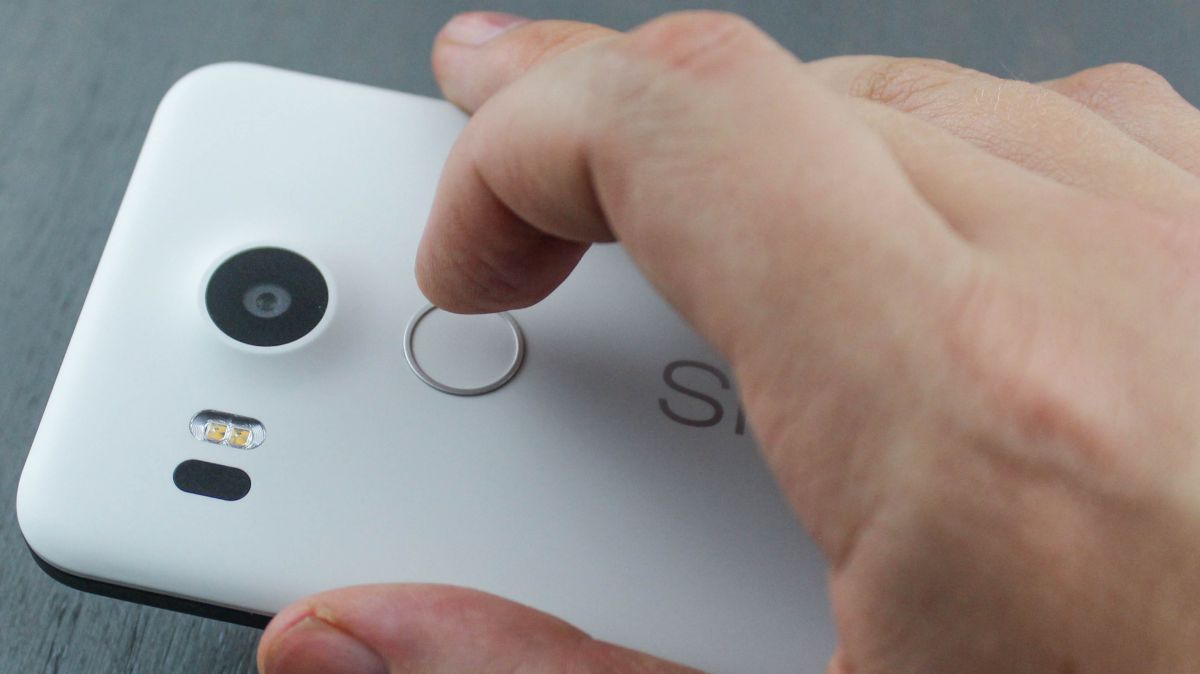
There’s no physical home button on the Nexus 5X, just extra screen space, so this placement makes sense. It did however take some getting used to, but I now accidentally try to unlock my other Android phones this way.
While Google says that “this is where your finger naturally falls,” I still felt like I had to genuflect my index finger to unlock the phone. I also smudged the nearby camera a bunch of times. For this reason, the Sony Xperia Z5 fingerprint sensor, on its side power button, is a better idea.
The good news here is that the Nexus Imprint fingerprint sensor is fast, accurate and easy to set up. It took me eight seconds to register a finger and half a second for my phone to unlock.
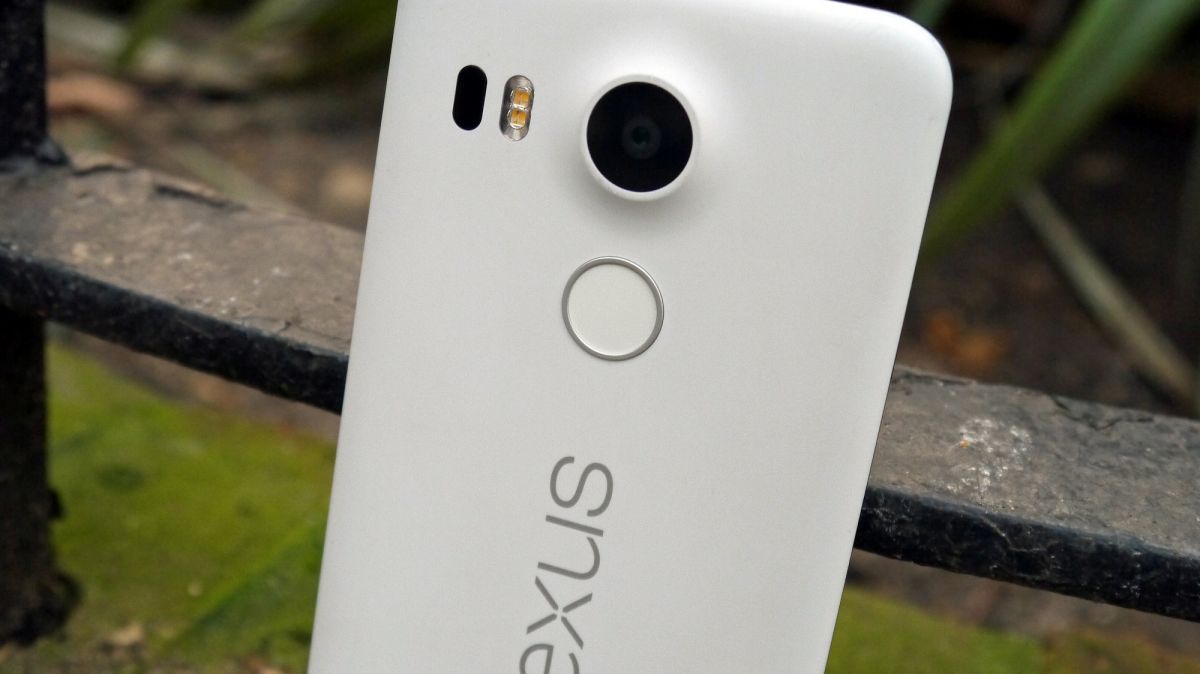
Apple’s iPhone 6S Touch ID setup is painstakingly slower and requires too many taps and too many seconds in between taps. I found Nexus Imprint to be just as accurate with six taps.
Android phones and tablets offers a number of different unlock methods, and this my favorite and the most secure so far. It’s built for Android Pay and web sign-ins too.
I still found myself needing to use my traditional pattern unlock, however. Whenever the phone is on my desk, it’s the only way to bypass the lockscreen without picking up it up to then reach for the back fingerprint sensor.
USB-C connection
Get ready to retire the dozens of micro USB cables you’ve collected over the last half decade, because the 5X and 6P also introduce USB-C to the Nexus line.
The advantage here is that the cable connection is reversible on both ends. It’s easy to plug in without looking, now that there’s no wrong way to do it. It’s USB in its finest form yet.
It’s more than just a convenience, though. The Nexus 5X USB-C port offers for faster charging (data transfer speeds appear to be at normal pace).
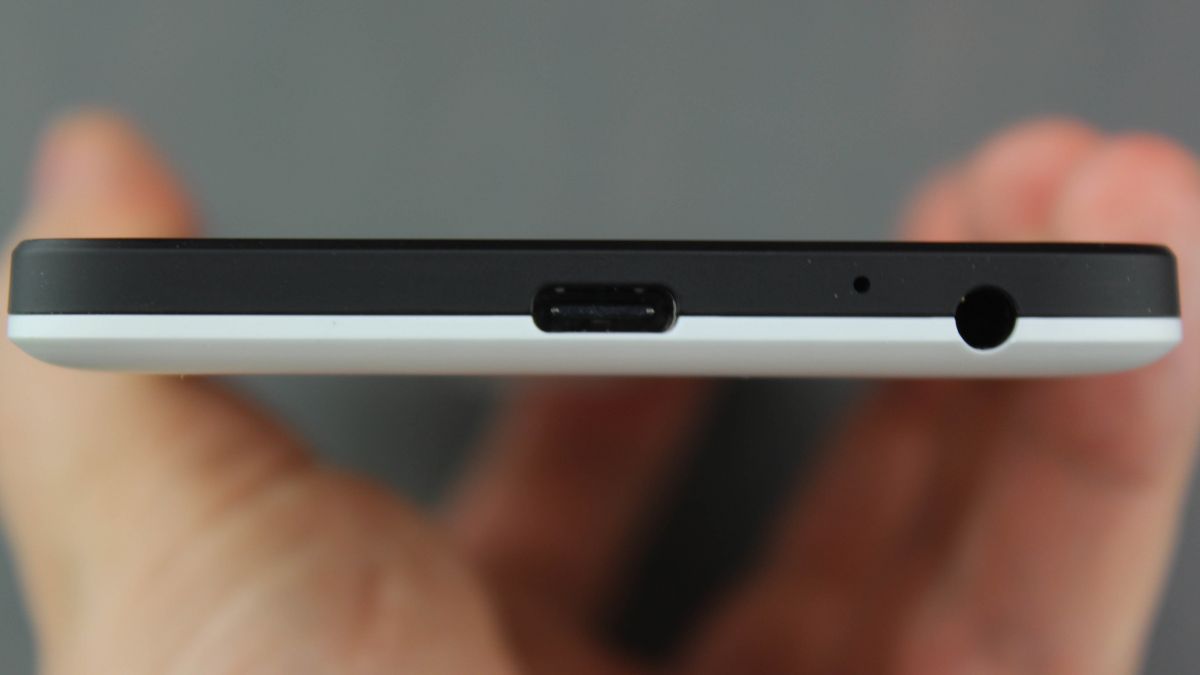
Juicing up the phone via the included Type C 15W (5V/3A) charger for just 10 minutes makes it last four hours. I could also charge via other USB-C devices, like my Nexus 6 or new MacBook.
The drawback is that most Nexus 5X owners will have just one USB-C cable (yet dozens of micro USB cables) and only one USB-C charging block. Lose either and you’re in trouble.
It’s also a pain because your computer likely uses USB, unless you have the new MacBook or Chromebook Pixel, and now you have yet another cable type lying around. It never stops.
Google’s Nexus 6P actually includes a USB Type-C to USB Type-A plug, but you won’t find that in the box of the Nexus 5X. It’s an additional price via the Google Play Store (or anywhere else).
It won’t be long before the migration happens, thankfully. The Samsung Galaxy S7 is supposed to feature USB-C, and that’ll give the new standard a kickstart early next year.
Specs and performance
You can’t peel off the Nexus 5X back cover (without voiding the warranty), but we already know what’s inside when it comes to the phone’s specs.
In fact, it turns out we were already familiar with the Nexus 5X specs as soon as the LG G4 launched. LG took several cues from its own product line for this Google commissioned phone.
The 5X uses the same with the same Snapdragon 808 processor with a 64-bit hexa-core CPU that’s a combined 1.44GHz quad-core chip and 1.82 GHz dual-core chip. A matching Adreno 418 GPU is also integrated into this processor.
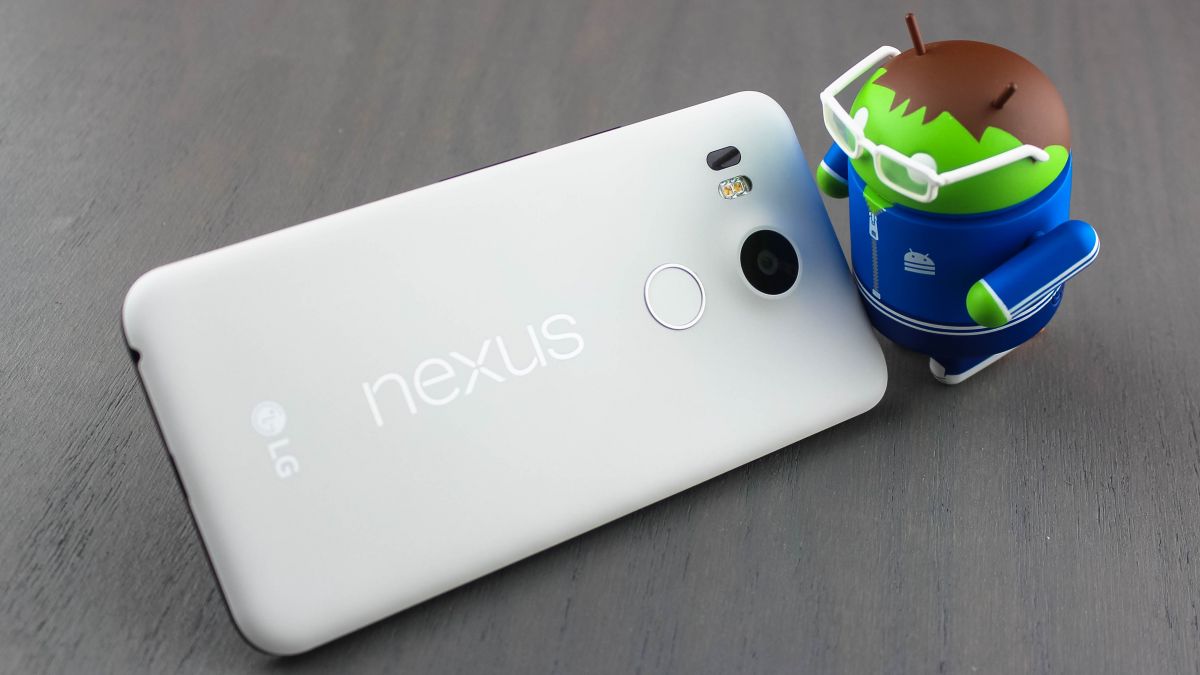
There is a difference when it comes to memory, which, among other things, dictates how many apps you can have open at once. The Nexus 5X has just 2GB of RAM, while the LG G4 takes advantage of 3GB of RAM, as does the Nexus 6P.
The 5X is behind similarly-sized Android phones featuring a more comfortable 3GB of RAM, and bigger phablets that have breached 4GB of RAM. It’s not so future-proof after all.
You’re out of luck if you’re looking for a microSD slot. It hasn’t been a part of Nexus phones for several years and, despite Android Marshmallow’s Flex Storage feature that makes expandable storage easier, it’s not part of this phone either.
Instead, the Nexus 5X relies on internal storage of either 16GB and 32GB, depending on how much you’re willing to pay. That means, like with the iPhone 6S, I don’t suggest spending less than US$429 (£339) for the 32GB model.
Performance
The Nexus 5X performance reflects the horsepower of the LG G4 minus the extra RAM offered by the South Korean manufacturer’s true Android flagship.
It begins fast enough with a Geekbench score of 3,504, which is the exact speed readings I get from the LG G4. So far so good. Running it a few more times does shows slowdown, however.
When under pressure by running back-to-back Geekbench tests, the Nexus 5X speeds dropped to 3,025, then 2,439, giving me an average of score of 2,990 after three tests.
Waiting some time between tests and closing other apps, it bounced back to 3,460, then 2,884, then 2,061. In contrast, the LG G4 was always stayed steady at around 3,500.
These inconsistent results are what I’ve seen from the troubled Snapdragon 810 processor, not the purposely slower and theoretically more stable Snapdragon 808 chip.
I noticed this sputtering score reflected in real-world performance. Specifically, the camera was slow to load when I wanted to take a picture of the sunset as it disappeared into the ocean.
Opening multiple apps also showed the 5X lag behind the Nexus 6P in some, but not all cases. Android menus remained flawless, likely due to Android 6.0 Marshmallow being so refined.
This slowdown is nothing too determinantal right now. I got my sunset phone. But if you’re going to hold onto this phone for two years, it may start to show its age faster than you’d expect.
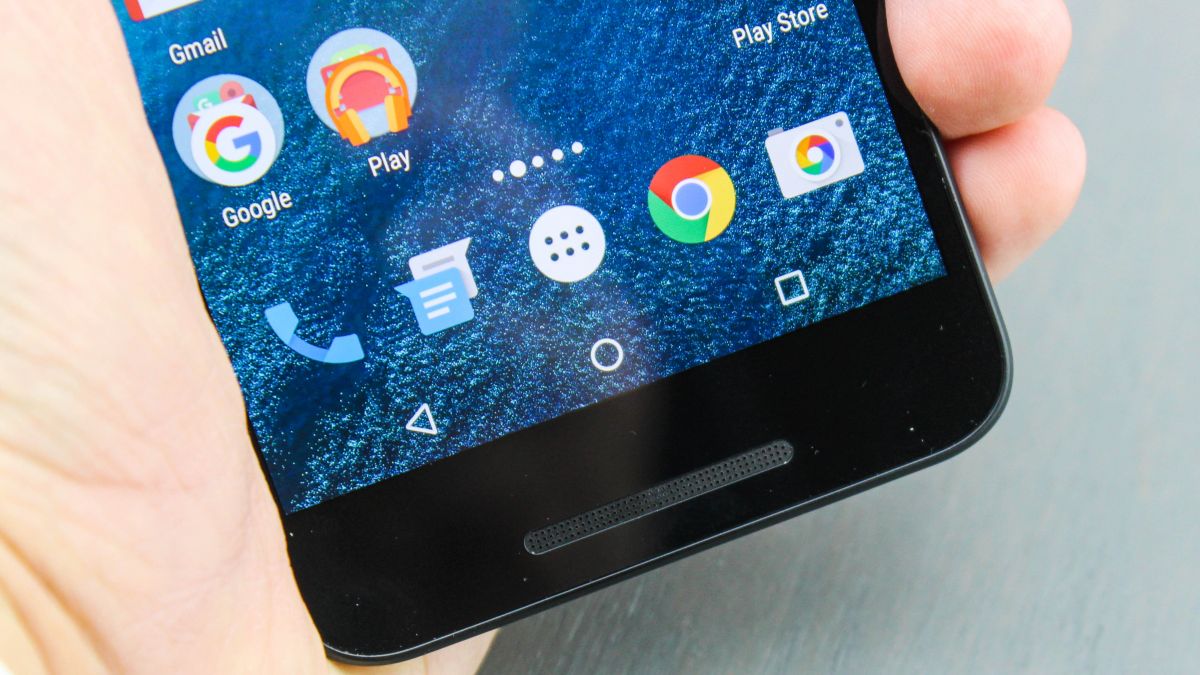
I didn’t have a problem with the faster Nexus 6P and LG G4, which are a better options if you want phones that are more future-proof and 32GB at their entry-level price.
One chip the LG G4 doesn’t have is Google’s Android Sensor Hub for activity monitoring that’s akin to the powers of Apple’s iPhone motion co-processor. This helps with battery life.
Its uses the gyroscope, accelerometer and other sensors to save power and still detect motion for orientation and waking the Ambient Display, all without utilizing the main processor.
The Android Sensor Hub, combined with Android Marshmallow’s battery-saving Doze software tricks, is a bigger benefit down the line than the CPU drawbacks.
Phone call quality
When is comes to call performance tests, I found the Nexus 5X to be loud and clear enough compared to the competition, including its bigger Nexus counterpart.
Holding the phone to my ear and using the speakerphone at a normal distance, voices came in clear and I found the same response from the people I talked to on the other end of the line.
That’s surprising because the Nexus 6P sounds slightly more muffled on both ends in my tests, which may be in part due to the microphone being a tad further away from me face.
It’s also surprising, as the Nexus 5X has shoddy multimedia speakers compared to the 6P. It’s more than just speakers on trial, though. Some phones are better with reception than others, and that’s what’s evident here.
Android 6.0 Marshmallow and apps
The Nexus 5X runs Android Marshmallow, but you would hardly know it. That’s because most of the changes aren’t as colorful as last year’s ostentatious Android Lollipop revamp.
Instead, behind-the-scenes tweaks to battery life and app permissions make this new operating system update smarter, not necessarily prettier with new Material Design schemes.
The interface and the apps don’t change very much. It comes pre-loaded with Google search, Gmail, Google Maps, Contacts, Calendar, Hangouts, Drive, YouTube and Photos, and more apps can be downloaded via the Google Play Store.
You do have more say over the volume, thankfully. The physical volume rocker can now set the volume all the way down to Do Not Disturb. In Android Lollipop, Google made the lowest setting vibrate, essentially eliminating the ability fully silence a phone via the rocker.
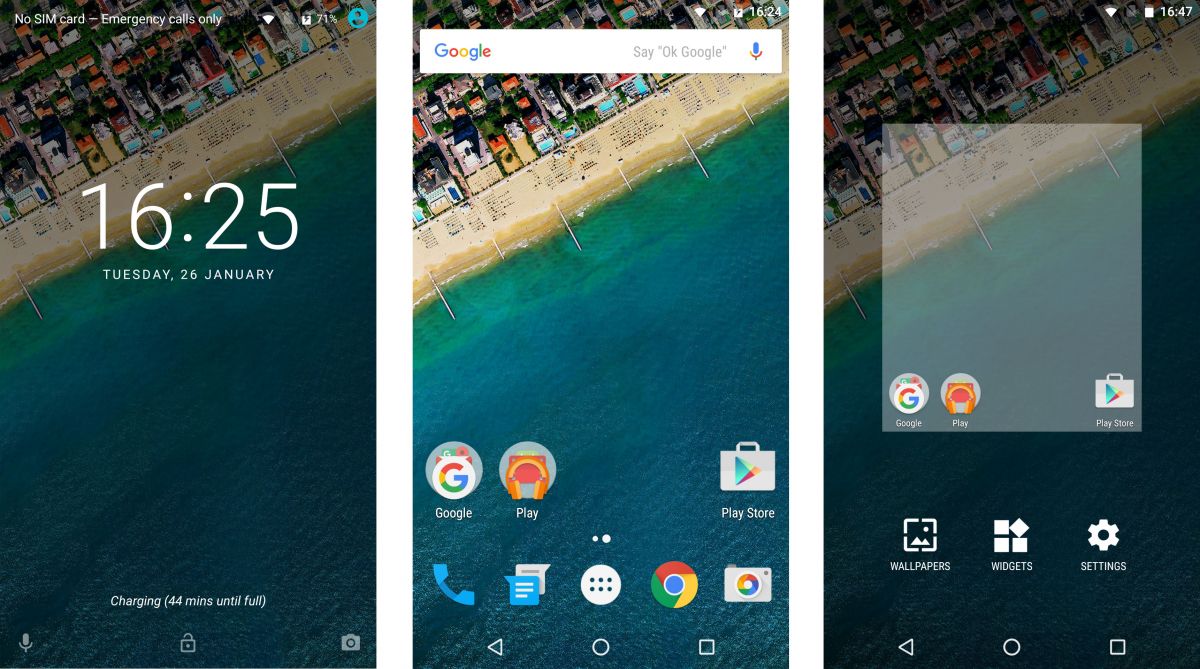
Google realized its mistake, and now not only can the Nexus 5X be silenced completely without having to fiddle with on-screen touches, the volume menu overlay that does pop up contains a triangle for a dropdown icon. Tapping it breaks down the volume settings, so you can set the phone, alarm and multimedia volume independently. This is something Samsung, LG and HTC have included for years, and it’s a welcomed addition to stock Android.
The standout menu change (and best Android Marshmallow feature) is Google Now on Tap. It scans what you’re reading, watching or listening to whenever you hold down the home button.
The results include more information or related apps about the subject. For example, reading an Elon Musk interview on WaitButWhy told me a bit about the “business magnate” and displayed icons to a Google search, Wikipedia, Twitter and Instagram or to see a fan-compiled YouTube playlist (since he doesn’t have a public account).
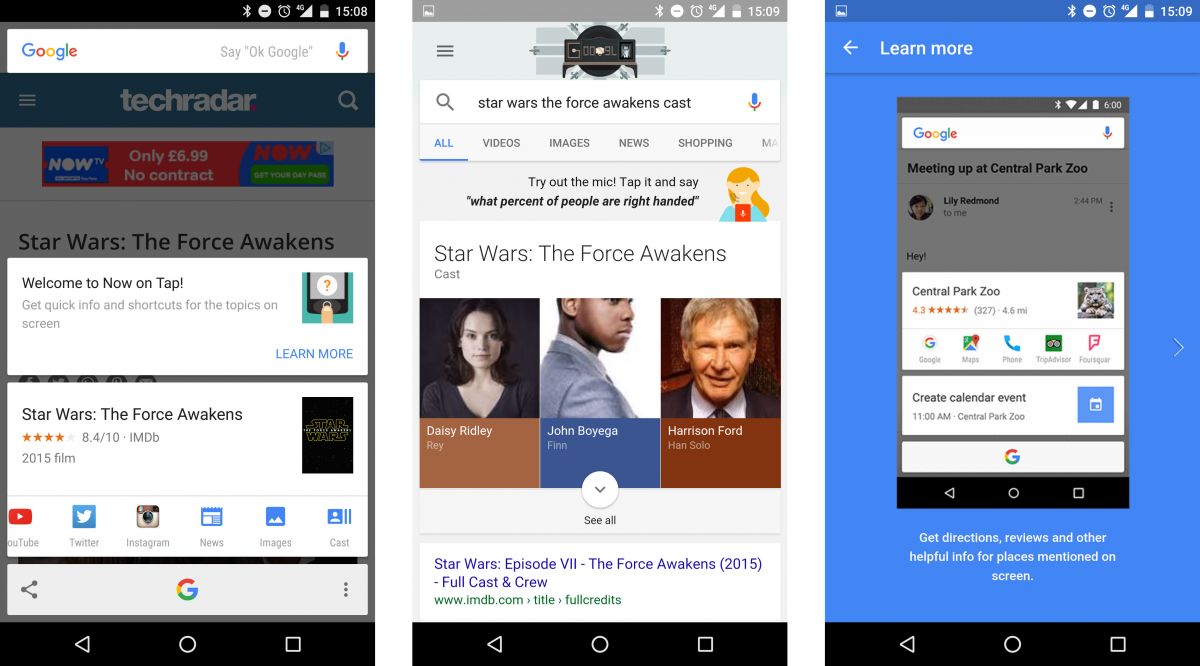
This works even better in Android’s Messenger app. Confused about the team, actor and place someone just brought up? Holding the home button for Google Now on Tap brings up the sports team’s score, the actor’s IMDB bio or the restaurant’s location.
Google Now on Tap is a shortcut the same way Apple uses 3D Touch as a contextual menu hidden from the normal screen. It’s a convenience for sure, but not life changing.
Likewise, the app drawer – where every app you download is located – now scrolls up and down, not right to left. The bigger deal is that five of your recently used apps appear at the top. No, there’s no way to hide Tinder or other dating apps. You’re caught.
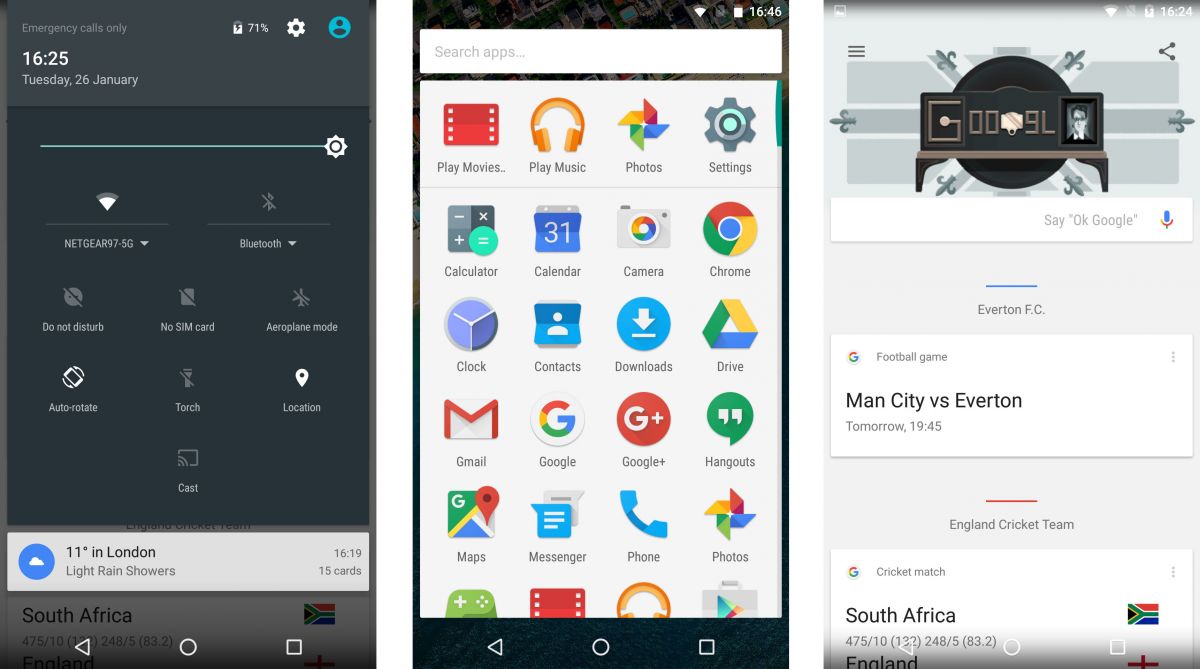
What I appreciate most about all Nexus phones is that they run stock Android, the way Google had intended. There are no junk or sponsored apps that seem worthless.
For example, when I redownloaded my past apps from the Google Play Store, I skipped 24 junk apps in a row. “When did I download these awful apps on another device?,” I wondered.
Turns out, they were all required apps that came with my Asus Zenfone 2, which was loaded with two calendars, two to do lists, two browsers, etc. Needless to say, I didn’t redownload these dirty two dozen, and am thankful Google doesn’t pull the same junk-app-drawer stunt.
Android N
Owning a Nexus device does have its advantages. The key one is priority access to the latest version of Android – and with the 5X you can try out Android N before it even launches.
Google’s made it easy to install the beta version of Android N, just head to android.com/beta on your 5X and follow the instructions on screen. It’s a free download and it will give you a glimpse into the future of Android.
A word of warning though – this is a beta build of Android N, and thus it won’t work perfectly. A few apps don’t work (BBC Sport and NFL Mobile) – so be prepared to be without some of your favorites – but the majority run without issue.
Messaging
This is the second year in a row that Google included Messenger in a Nexus phone when it has Hangouts pre-loaded already. I find Messenger easy to use, but incredibly redundant.
I caught some flak last year for listing this as app “con” on the Nexus 6 review. My reasoning was that this SMS app came out of nowhere, and yet Hangouts was left underdeveloped.
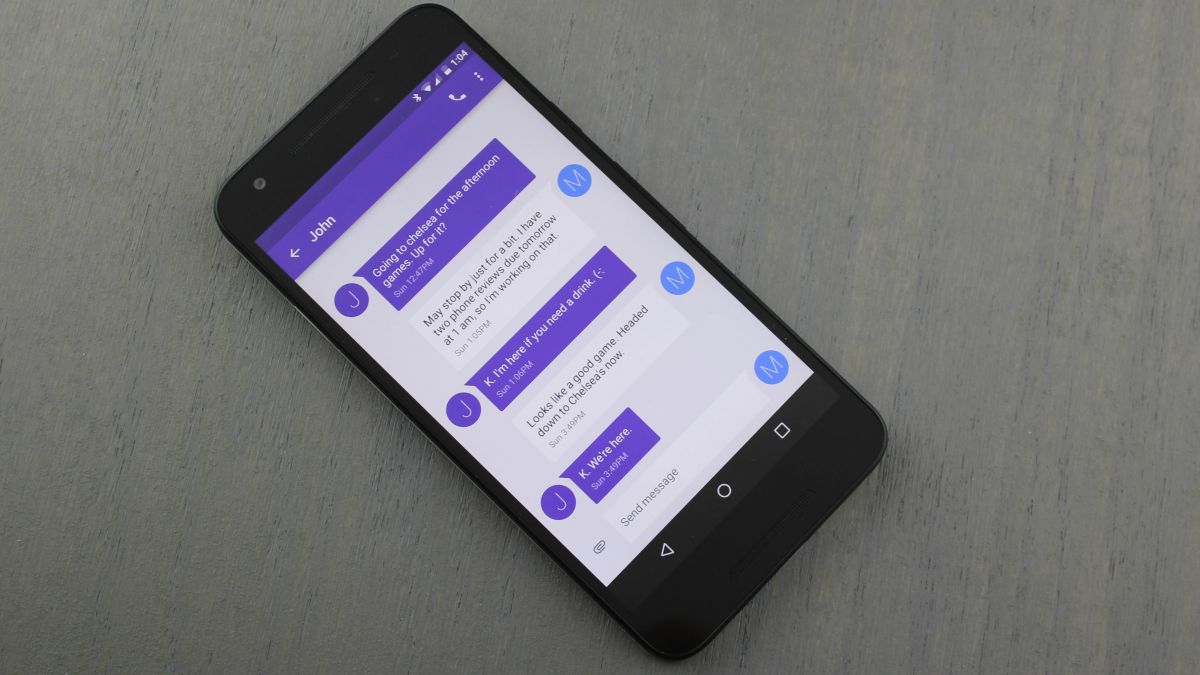
Hangouts has been redesigned, thankfully, and you can do logical things like start typing a message, THEN attach a photo (seriously, you couldn’t do that before two months ago because the attach icon would turn into the send icon as you started typing).
Both are good choices now, but I still prefer the cleaner Messenger app between the two texting apps, and more than anything, remain a fan of how Apple combines iMessages seamlessly across platforms.
Google, it’s 2015. You have an excellent keyboard. Please fix Messenger and Hangouts. My Nexus 9 tablet is lonely without proper SMS. The Hangouts revamp was a good start.
Movies and Music
The 5.2-inch display of the Nexus 5X is a better fit for watching HD movies in its 16:9 aspect ratio when compared to the Nexus 5 from two years ago.
No, the screen size isn’t as big as last year’s 6-inch Nexus 6, but the color is more accurate. I don’t find the hues to be overly saturated, though some people may find this to look washed out.

Really, you can see the difference in side-by-side comparisons of actors faces. Orange is the new tan, or at least that’s what it looked like when I rewatched the movie Big on the Nexus 6P.
This phone doesn’t have the artificial pop of the Nexus 6P and doesn’t boast a quad HD display, but it’s more true-to-life. Nexus 6P, however, beats the 5X when it comes to sound quality.
Listening to music and movies is a bit one-sided on the Nexus 5X. The speaker for all media is located in the bottom of the phone, whereas the multimedia-friendly Nexus 6P has stereo speakers at the top of bottom.
Games
The Nexus 5X could handle all of the game apps, with no discernible slowdown or imperfections in the graphics and color. Real Racing 3 and Asphalt 8: Airborne chugged along just fine.

Slight variations between Nexus displays favored the Nexus 5X when it came to movies starring real people, but game apps I tested looked like a tad more muted in color on this phone.
Bezel has become a bad word among smartphone, but I found games in landscape mode easier to control thanks to the slightly thicker bezel of the Nexus 5X (the same is true of the Nexus 6P).
Camera
Google proclaimed that the Nexus 5X (as well as the Nexus 6P) has the best camera it has ever put into a Nexus. That’s not saying much, given the very average Nexus 5 and Nexus 6 photos.
Loading up the default Google camera app, I quickly realized how much it lives up to its Nexus-beating hype, thanks to the 1.55-micron pixels that do well in low light.
These are larger than normal pixels, and therefore can capture more light for stronger indoor photography. I found the Galaxy S6, LG G4 and Moto X Style to snap bright photos, too, so it’s really going to come down to a personal preference in some cases.
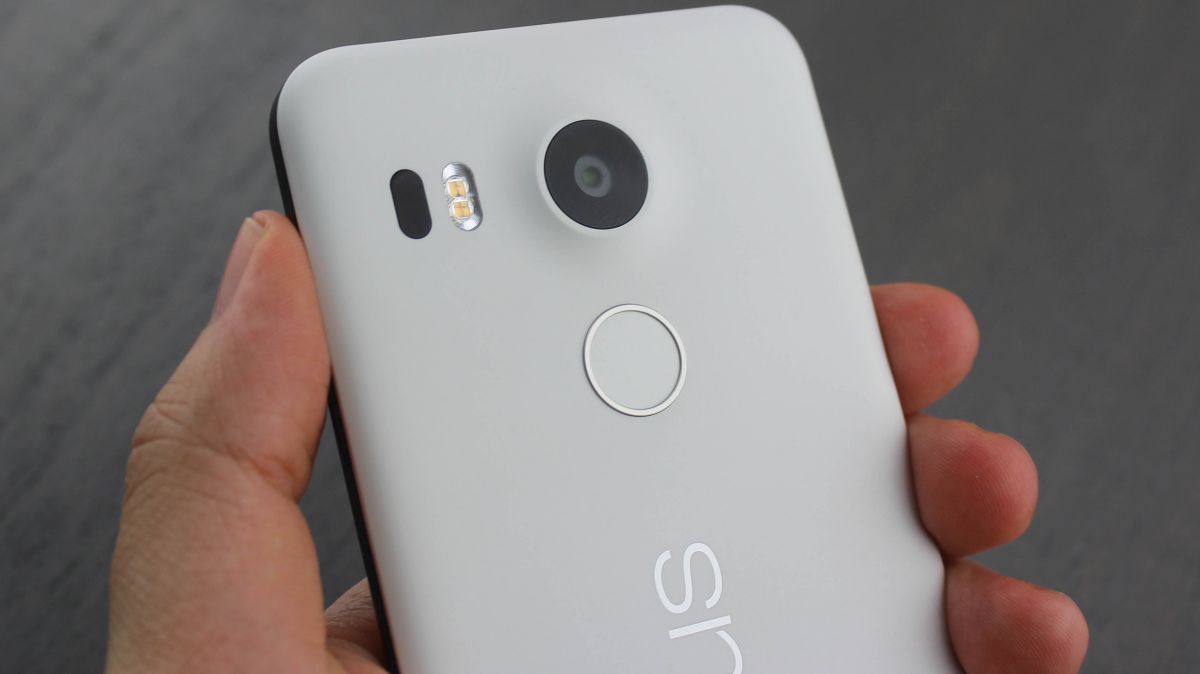
The camera sensor here is 12.3MP, a lower number than its top-performing Android rivals. But the Nexus 5X is able to to use that extra light for superior low-light images. A whopping 80% of photos are taken in low light, according to Google.
What better place is there to test it out than your local bar during trivia and karaoke night? I took the Nexus 5X, Nexus 6P, iPhone 6S Plus and Galaxy Note 5 out of the lab to the closest pub.
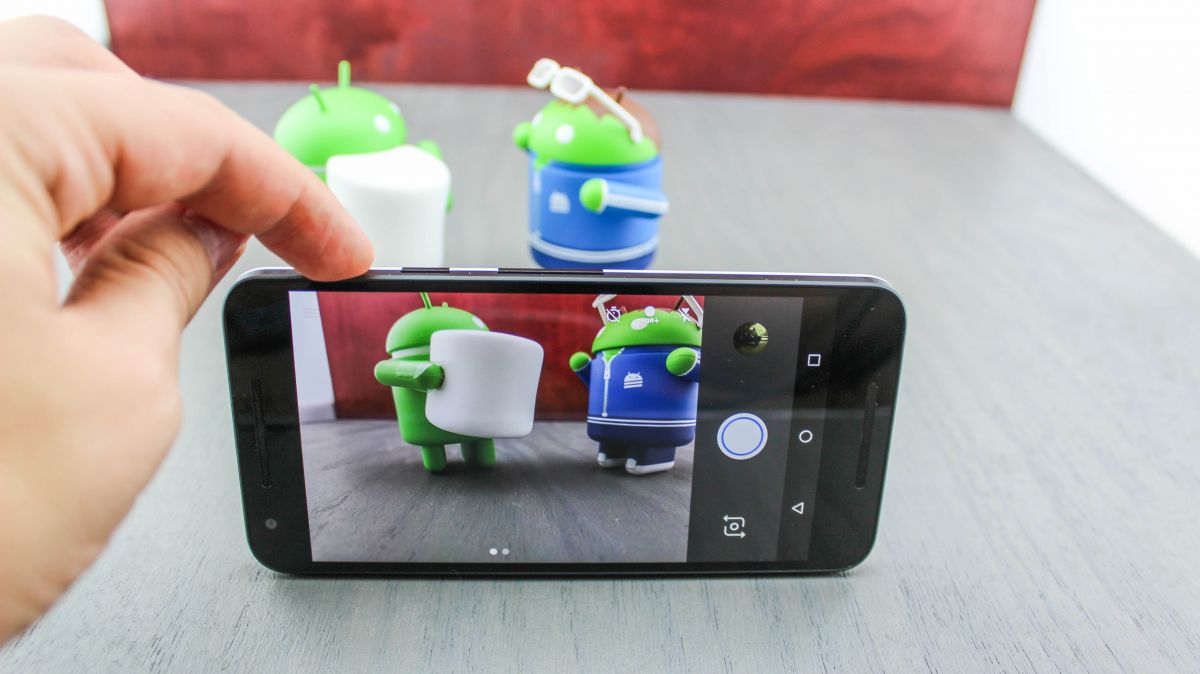
A bar is a common environment for photos to be taken with friends, but among the toughest due to often poor lighting conditions, and the Nexus 5X did fine in low light. Not perfect, but in most times better than its competition. It’s a serious challenger to the Samsung Galaxy Note 5.
In case you’re wondering, the Nexus 5X and Nexus 6P’s 12.3MP sensors are exactly the same. I noticed that image processing is a little slower on the Nexus 5X, especially for photos using Lens Blur mode, but the results were the same, or close to it, via the rear camera.
I actually had to double check that I wasn’t accidentally looking at the same files when comparing the two.
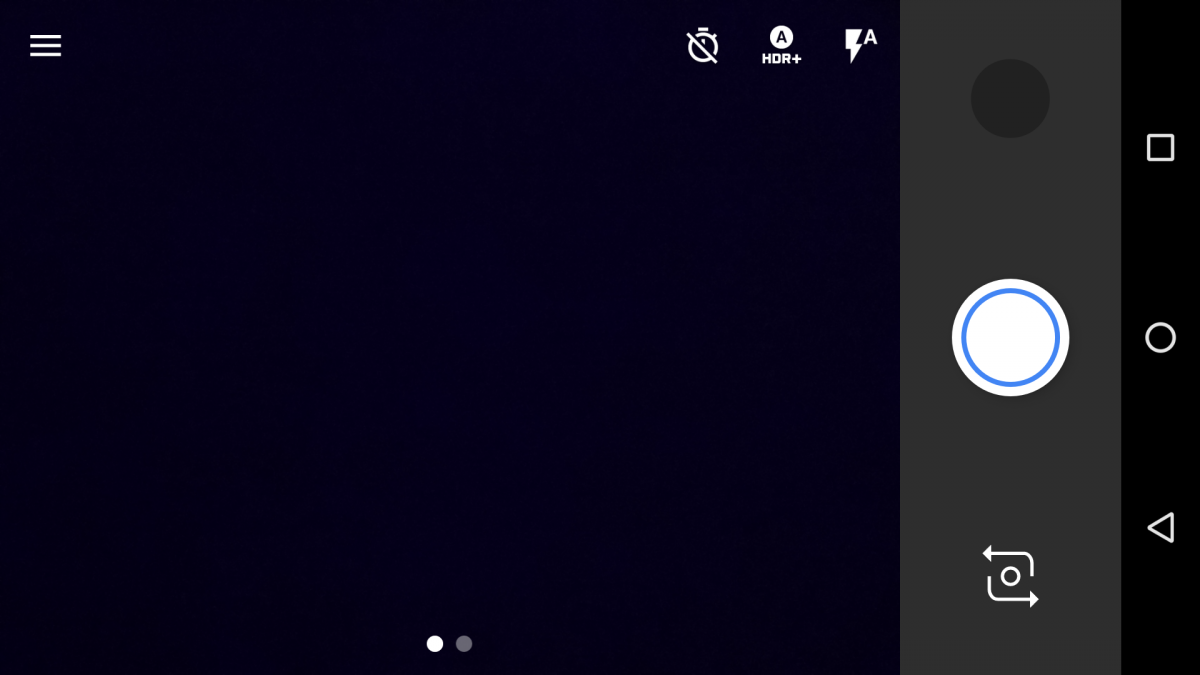
This rear camera records video in 4K at 30 frames per second, while the front-facing camera is 5MP with the normal 1.4 microns and the same f/2.0 aperture. You can definitely tell the selfie quality between it and the 8MP Nexus 6P camera, though the iPhone 6S, with its “Retina” flash, beats both of them.
Google’s camera software has improved since the Nexus 6 debut. It no longer hides all of the important options like the timer, HDR+ and the selfie toggle. They’re all on-screen when you need them the most.
Likewise, switching between snapping photos and recording video is now a matter of swiping left and right, and the only hidden options in the side menu are returning modes: Lens Blur, Panoramic and Photosphere.
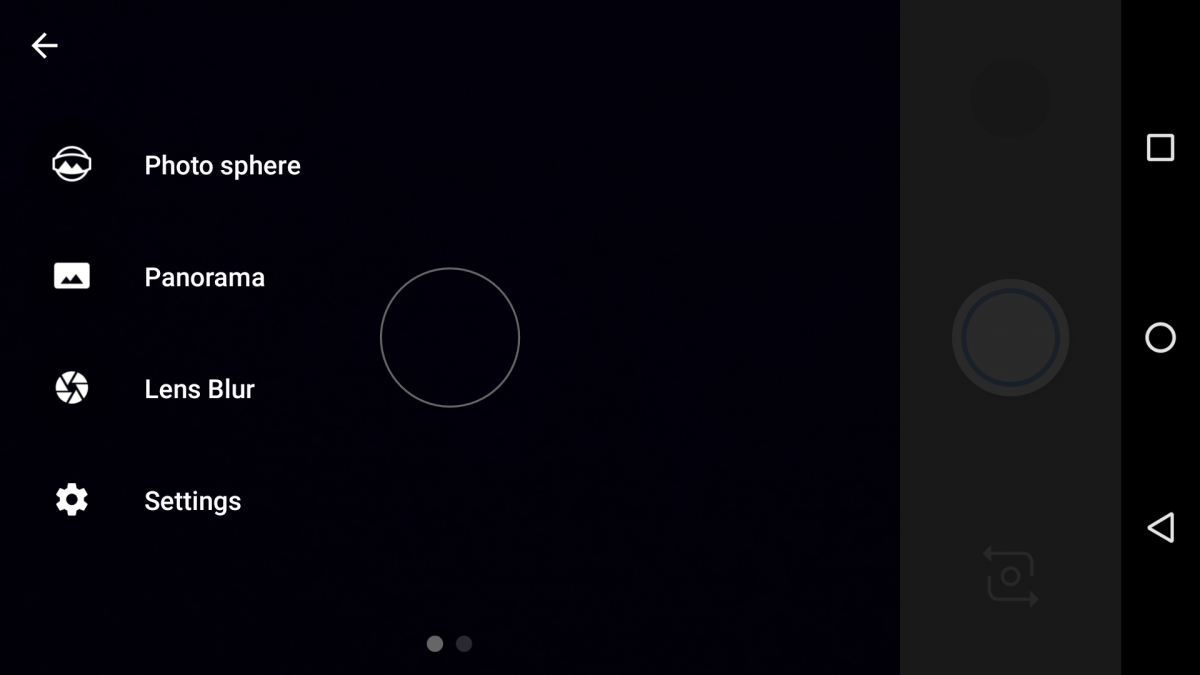
Don’t go into this expecting all of the nifty Samsung and LG options, which include the ability to shoot in RAW, gesture control to trigger selfies and wide selfies to capture group shots.
This is just a basic camera app, but one that fully harnesses the phone’s low light photo capabilities.
Camera samples

Click here to view the full resolution image
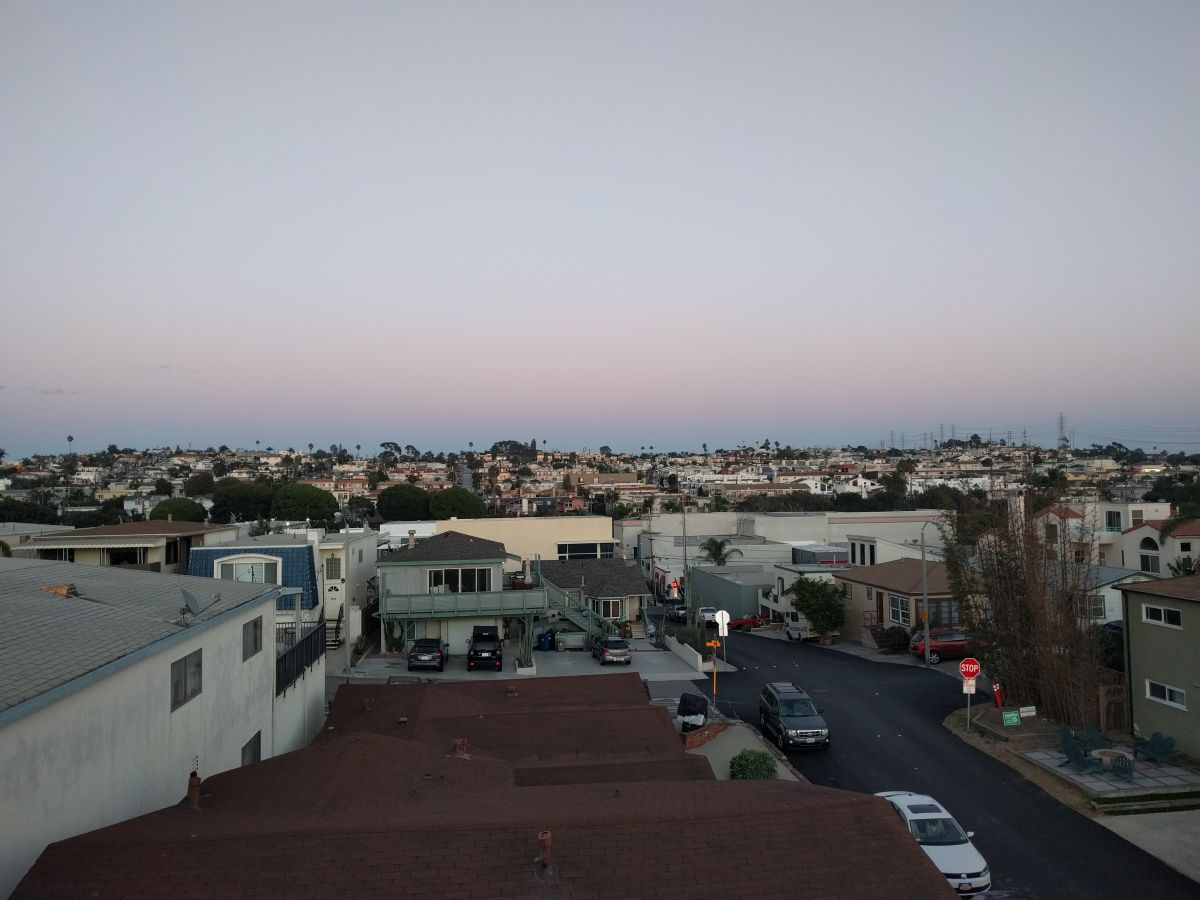
Click here to view the full resolution image

Click here to view the full resolution image

Click here to view the full resolution image
Battery life
The Nexus 5X battery life gets me through the day with heavy use, and that’s about it, which is to say that it’s on par with past Google-made phones that have average battery life.
It contains a 2,700mAh battery, giving it a nice boost considering the 2,300mAh capacity of the Nexus 5. Alas, running multiple battery life tests shows little has changed.
Watching a looped HD movie for 90 minutes wore the battery down from 100% to 77% when the screen was lit to full brightness in adaptive brightness mode.
Turning off adaptive brightness to make the display brighter and running the same 90 video all over again took it down even further to 68%. Through these tests, it performs worse than every new Android phone but the LG G4.
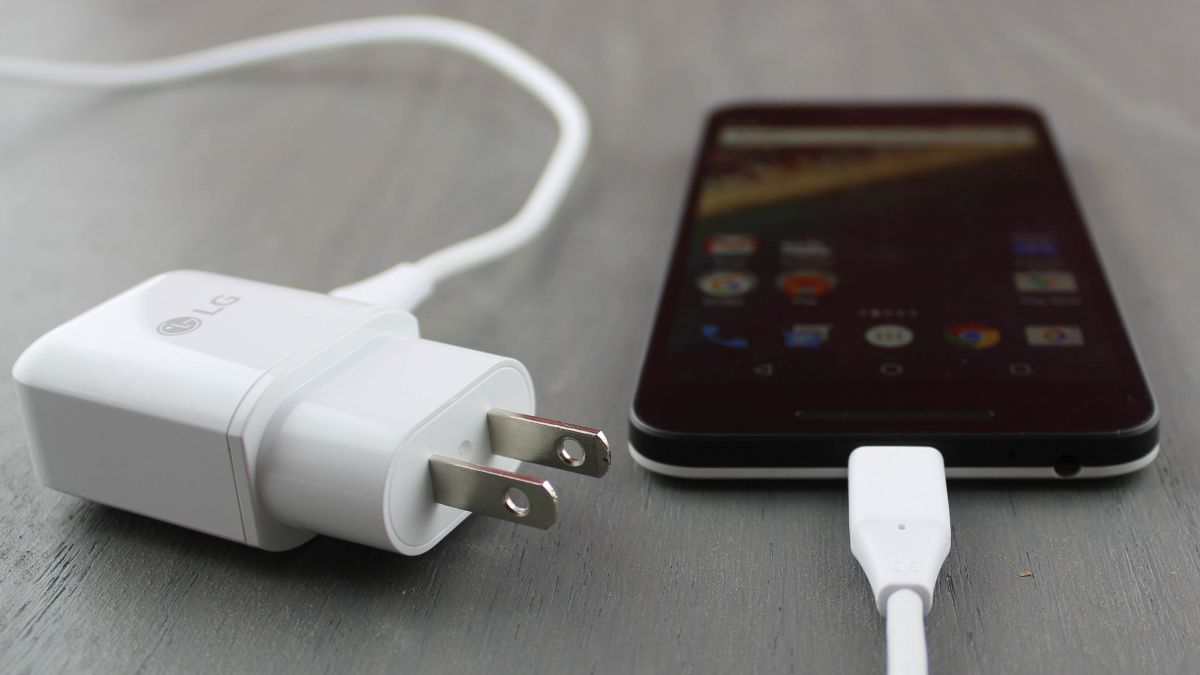
However, in real-world wear-down tests, I found that the Nexus 5X is still able to go the distance of a full day because of Google’s software tricks like Doze mode and App standby. As long as you’re not expecting a multimedia powerhouse, it’ll perform just fine.
Doze and App Standby are Android Marshmallow features that reduce battery life consumption by putting the phone into a quasi-sleep mode. Running multiple battery life tests in which the screen is on doesn’t really capture this battery important new conservation trick.
Here’s the even better news about the Nexus 5X battery. Once it finally does deplete, it quickly charges back up thanks to its USB-C fast charging capabilities.
I was able to restore 25% of the battery in just 22 minutes, and 70% in an hour. It was at 90% in 1 hour and 20 minutes and a full 100% in an 1 hour and 48 minutes.
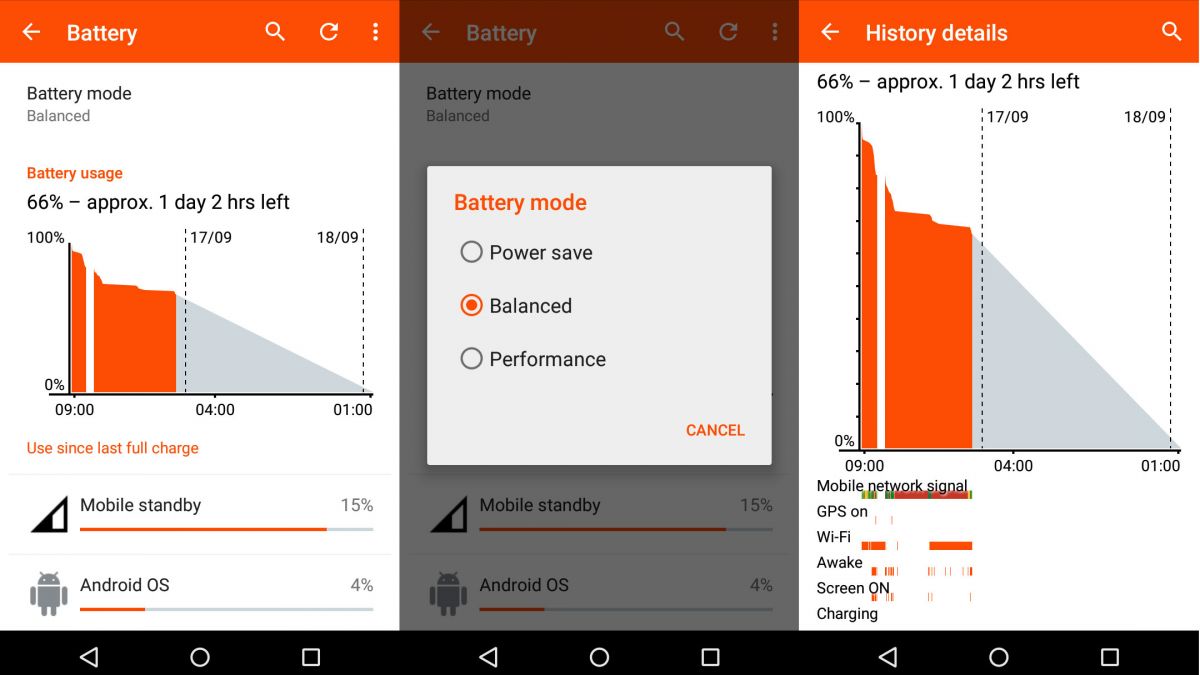
The reason it doesn’t take just 88 minutes (multiplying 25% achieved in 22 minutes) is because fast charging its magic when the phone is at its lowest. The last 10% takes the longest to fill.
All of this is actually slower than Samsung’s Fast Charging and Qualcomm’s Quick Charge 2.0 standards that use a micro USB cable along with a larger-than-normal charging brick.
Samsung’s Galaxy S6 and Note 5, for example, fill back up in 1 hour and 20 minutes, whereas the Nexus 6P sets the record for USB-C so far with 1 hour and 37 minutes. Thus, USB-C is almost as fast with the added benefit of being reversible.
The Nexus 5X also doesn’t have any sort of fast charge capabilities through a wireless charging pad. In fact, it has no wireless charging powers at all. That Nexus Qi charger? Useless here.
That’s a shame, because Samsung just launched its “Fast Charge Wireless Charging Pad” that takes just 120 minutes to charge its newest phones. A reversible, quick charging USB-C port is convenience, but no excuse for dropping wireless charging.
Competition
Nexus 6P
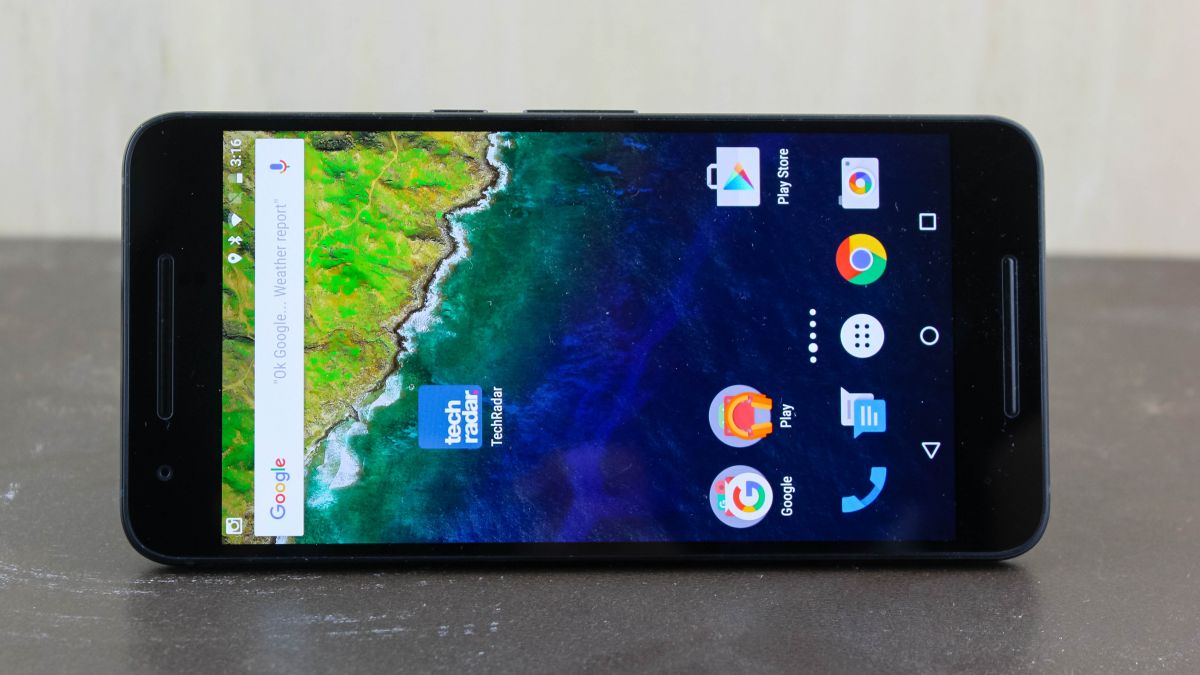
The Nexus 6P is the 5X’s big brother in both size and price, coming in at 5.7 inches and £449/$499. That all means it’s not really a direct competitor to the Nexus 5X, but as both phones run stock Android Marshmallow they could both be considerations.
The Nexus 6P is far more of a flagship than the 5X, as you’d expect given the price. It has a QHD display, an octa-core processor and 3GB of RAM, plus a metal shell which leaves it looking far more premium than the plastic-clad 5X.
But the basics are similar, with both phones not just offering Android as it’s meant to be but also rear-mounted fingerprint scanners. So if you don’t fancy a phablet and aren’t fussed about a flagship the Nexus 5X is still a strong option.
OnePlus 2

In the world of affordable flagships the OnePlus 2 perhaps stands out the most, as at £219/$299 it’s even cheaper than the Nexus 5X. Yet with a 5.5-inch 1080 x 1920 display, an octa-core Snapdragon 810 processor and up to 4GB of RAM it’s a lot higher spec.
Like the Nexus 5X it also has a fingerprint scanner, though there’s no NFC here, so it’s not quite as well equipped to take advantage of contactless payments. It’s also more of a chore to buy thanks to OnePlus’ insistence on invites.
But if you’re prepared to jump through hoops, happy with a larger screen and can live without the security of knowing you’ll be in line for speedy Android updates the OnePlus 2 is a better value option.
OnePlus X
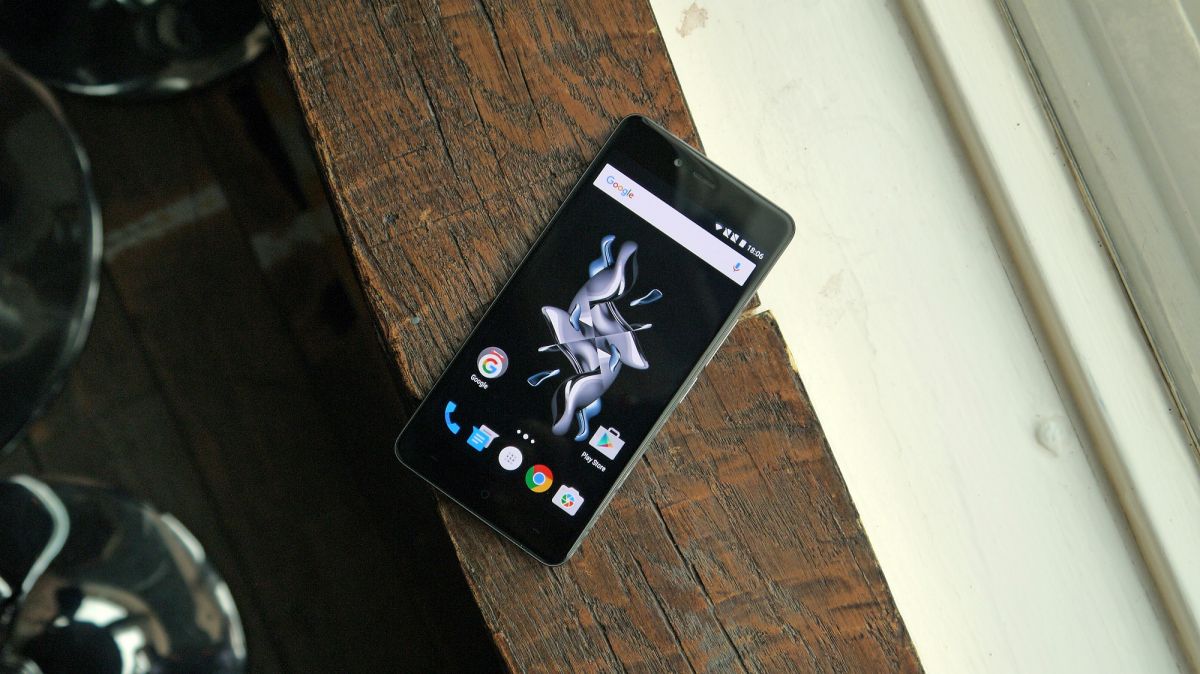
At £199/$249 the OnePlus X is even cheaper than the OnePlus 2 and far cheaper than the Nexus 5X, but it’s a little lower end too, with a dated Snapdragon 801 chip. It has the edge on RAM though with 3GB and a similarly good 5.0-inch 1080 x 1920 screen.
Its performance is a little underwhelming and it doesn’t have NFC or a fingerprint scanner, which gives the Nexus 5X a major advantage over it, though the OnePlus X is the more stylish of the two.
Like the OnePlus 2 the X is also hard to get hold of, as you need an invite to buy it. That’s unfortunate as it’s clearly a great value phone, but if you have the cash to spare the Nexus 5X is the better handset overall.
Moto X Play
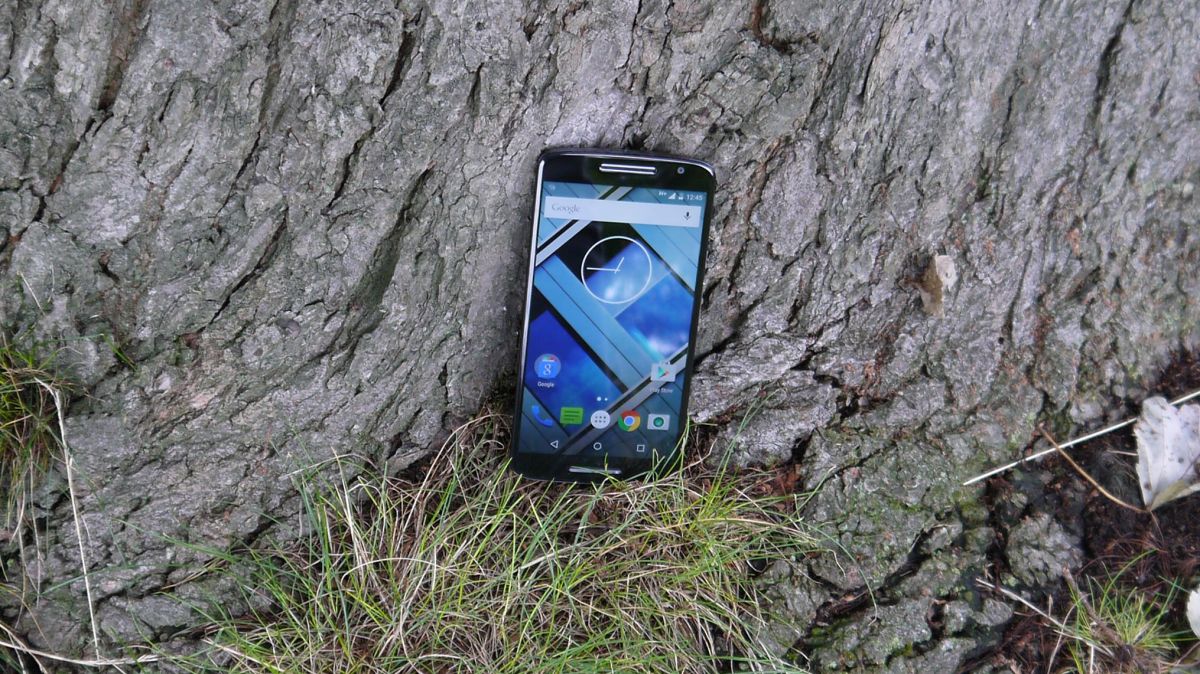
Like the Nexus 5X the Moto X Play is just shy of being a flagship. An octa-core Snapdragon 615 processor and 2GB of RAM keep it chugging along, which if anything makes it slightly lower end than the 5X.
The two phones run similar versions of Android though, in that they’re both stock or close to, but the Nexus 5X is on the newer Android Marshmallow, while for now the Moto X Play uses Android Lollipop.
It’s bigger than the Nexus 5X at 5.5 inches and it packs in some features that phone lacks, such as a water repellent coating and a massive battery, but it’s missing a fingerprint scanner.
It is however a little cheaper than the Nexus 5X and with the juice to keep on going all day and beyond it’s better suited to power users.
Verdict
When I first heard the name Nexus 5X, I was worried that Google wanted to take its beloved Nexus 5 to an unnecessary extreme. However, this is a phone update within reason.
The “extreme” turned out to be last year’s phone. Although I adjusted to the Nexus 6 size and appreciated its larger display at times, bigger isn’t always better. The Nexus 5X proves this.
We liked
The 5.2-inch display is the tipping point for one-handed Android phones. Reaching icons all the way across the big screen doesn’t require two hands. It’s not really a phablet, but it’s close.
That’s how I’d describe its performance against its closest rivals. It’s not the best, but close. It has a fast enough Snapdragon processor and an excellent camera that stands up to low light, a fight it wins more than any other phone.
Low light photos can be subjective at this point. So is the quick and accurate fingerprint sensor being on back. It has reasonable all-day battery life and charges quickly via USB-C. There are better options out there that use micro USB if you’re not ready to upgrade your cable collection.
We disliked
Then there are the things that haven’t changed but should have. With 2GB of RAM and 16GB of internal storage for the entry-level price, you’re likely to max out both forms of memory more than a few times over the next year or two.
The 2GB of memory affects performance, even if our tests prove it’s minimal now, that can be a problem 12 to 23 months down the right before you upgrade. You can solve the internal space dilemma by springing for the more expensive 32GB Nexus 5X. It’s worth it.
The Nexus 5X doesn’t have wireless charging capabilities, so that Nexus Qi Wireless Charger is an expensive paperweight for some owners.
Final verdict
Google modernized the its normal-sized flagship for modern times with a slightly larger display, a faster processor and reversible USB charging method.
It’s still inexpensive, and the fingerprint sensor is fast and accurate. I found relief switching back to this smaller, lighter and substantially cheaper phone. Your pocket is going to appreciate it in more ways than one.
No, The Nexus 5X isn’t the best phone you can get, or even the best Nexus anymore due to the Nexus 6P being the bigger and faster of the two. It’s more like the the perfect fit for one hand and the closest thing to a five-finger discount given the specs.
Source: techradar.com




































